A quick note on acronyms: some people have used RuAF to describe the airforce, though that more accurately describes Russian Armed Forces. Others call the airforce VKS, but in Russian transliteration that actually stands for Russian Aerospace Forces, under which the Airforce does operate, but includes the umbrella of the missile and space forces as well. The Airforce alone is just the VVS.
Today Russia lost two Mi-8s, and Su-34, and reportedly an Su-35. All nine pilots were killed. This is likely three in the Mi-8, three in the Mi-8MTPR1 (pilot, copilot and EW suite operator), two in Su-34, and one in Su-35.
These four aerial assets comprised what’s called a ‘special air group’ as they operated together as one unit on a coordinated mission objective. One of the Mi-8s was likely in a recovery role, specifically sent as a craft to recover downed pilots as a precaution, the other was an advanced Mi-8MTPR1, which is an electronics / EW platform. The role of the Mi-8MTPR1 is to provide electronic jamming and cover for the Su-34, whose role was to launch airstrikes, likely in the form of the new FAB-500M-62 UMPC ‘planning’ or glide-bombs. The Su-35’s role in this special air group is to provide air cover against potential hostile air threats, i.e. enemy fighter jets.
The Mi-8MTPR1 is armed with the famous Russian Rychag-AV electronic suite which I’ve reported on before. It’s one of the two main suites, along with Vitebsk L-370 or ‘President-S’ system that Russian Ka-52s typically use. The Vitebsk system is more of an active countermeasure which detects AD missiles or ‘lock on’ threats and automatically attempts to electronically jam (via laser and radio methods) them and send flare/chaff decoys at the same time to divert the threat.
The Rychag on the other hand is more of a longer range EMF jamming suite. You can see one of the Rychag L187A jammer modules circled in red here:
Videos of them in action here:
https://twitter.com/RALee85/status/1537571053563781122 (and another one down in the thread)
From the linked article, here’s a description:
The Rychag-AV (Aviatsyonnyi Vertolotnyi, airborne for helicopter; Rychag-AVE is a derivative for export) EW system suppresses enemy surface-to-air missile (SAM) system fire-control radars by jamming them. In this way, it provides protection for a group of friendly strike aircraft, helicopters, or drones. The system can also jam the radars of enemy aircraft, thereby offering protection not only for friendly air assets but also helping to defend friendly ground troops that might otherwise come under air attack under some scenarios.
The interior of the helicopter also has control stations for the EW suite:


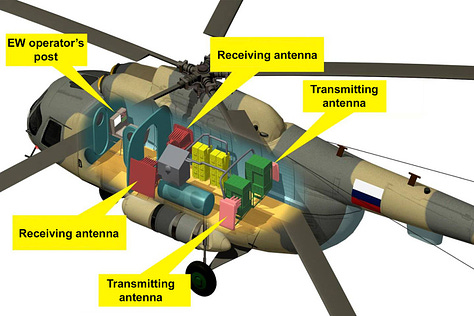
And an advertisement for the suite:
So, in summary: they fly together, the Mi-8MTPR1 jams enemy air defenses from a distance, the Su-34 launches bombs, the Su-35 patrols to make sure no hostile craft approach, and the rear Mi-8 simply loiters as precaution to exfiltrate any downed pilots swiftly should a shoot down occur.
The enemy ambushed and managed to shoot down an entire special air group in the Bryansk region
▪️The Mi-8MTPR-1 electronic warfare helicopters with the Rychag-AV devices - used to jam enemy air defense systems and aircraft guidance stations - were lost. Their task is to interfere with attacks of anti-aircraft and aircraft missiles at a distance of more than 150 km. But today EW helicopters were sent too close to the border.
▪️Apparently, the Mi-8MTPR-1 covered the attacks of the Su-34 bomber with "smart bombs" on enemy targets in the Chernigov region, and the Su-35 fighter provided air cover.
This incident in fact gave us the first such indepth look into how Russia is launching its long range strikes. It’s more sophisticated than many people thought, and doesn’t boil down to just Su-34s randomly winging bombs on their own, but in fact there is an entire system of cover in place.
So, the big question is, what went wrong? If these Rychag units are supposed to jam AD, then what exactly happened?
No one knows. Of course one possibility is that the chopper was hit first, which would obviously open the rest of them up to be much easier targets. But first let’s clear a few things up.
As to people wondering why they were flying so high, when the name of the game these days is fly low beneath radar coverage. As per the mission requirements, this mission calls to fly high as obviously for the Mi-8MTPR1 to jam enemy AD, it has to be high enough to detect those AD systems, which in turn can detect it also and then it’s a matter of who gets off first. Jamming systems are not perfect. No system on the planet is completely failsafe or foolproof. We’ve seen numerous times the Vitebsk system on Ka-52s successfully fended off Manpads, some videos even showing a Ka-52 losing several Manpads in this way.
But no system is perfect because it all comes down to the specific conditions of an encounter. There are small “blind spots” and other such things in every system depending on its orientation and the various parameters of its height, distance, etc.
As for the other planes, obviously they too had to be up high because if the Su-34’s job was to launch glide bombs, these can only be launched from a high altitude so that they can have a lot of room to ‘glide down’ while they stretch their legs to 30-50km, or whatever their max range might be. Clearly, this was an operation in an area where Russia often operates and felt that the long range AD was suppressed or nonexistent.
First let’s establish where these craft were shot down:
Mostly around the town of Klintsy in the Bryansk region just opposite Ukraine’s Chernigov. The region is about 90 some odd kilometers from Chernigov and 260km+ from Kiev. In short, this is in a very dangerous area that’s fairly close to UA’s highest AD concentration zone, which would be Kiev.
So, what was it that actually hit the craft? My first reaction—as was many people’s—was that these were Manpad-armed DRG saboteurs that had infiltrated the Russian border region near Bryansk, due to the fact that the craft all fell deep in Russian territory. However, after more facts came to light, this appears a fairly classic hit of a medium/long range system, most likely a Ukrainian BUK. Although, there are some major problems for the BUK possibility I’ll mention afterwards. First, a few key pieces of evidence:
The pilots were all killed, giving no chance at ejection. This would not happen with Manpads because they are often much weaker (far smaller warheads), doing enough damage to burn out the engines or clip a wing, but not to catastrophically destroy the plane instantly. They typically still give a chance for the pilots to eject.
The video showing the falling Su-34 wrecks appears to show the entire front of the plane completely destroyed which likely can only be from a quite powerful warhead and definitely not a manpad.
There are now videos showing that Russian Mi-8s continue flying in this region near the shoot down location, but they are now hugging the ground, flying just barely over rooftops. If the threat was Manpads, they would be doing the opposite as flying 15k+ feet would go beyond Manpad range (or even lower for some of them). This seems to imply they are hiding beneath radar coverage of long range systems.
And lastly, we have the photo of one of the Mi-8 rotors, perforated with fragmentation shrapnel. Most AD systems do use fragmentation, although the size of those frag hits seems to point more to BUK than smaller Manpad frags:
So what appears to have happened, is Ukraine somehow snuck an AD system much closer to the Russian border under cover, kept it offline while learning of the Russian strike group’s routine and routes by way of observation or help from U.S. C4ISR systems. Then once the strike group took off and was headed their way, they would need to only fire up their radar system very briefly to designate the target and launch at them.
This is one explanation for how they could have gotten past the Mi-8MTPR1’s Rychag jamming systems. At the end of the day, the Rychag is operated by a human EW operator who has to first detect objects and pull levers, turn knobs, etc., presumably in order to first get a target fix and reading to learn which channels/bands to output in order to jam that target. It’s unknown exactly how long this process could take, obviously they could have presets in place for known systems in the area. For instance, if they know this area has S-300s, they may have the S-300 jamming band preset already active. So there’s several possibilities of this sort, that it may have taken a moment or two for the operator to detect and focus on the system, but since the BUK (or other AD) already had advanced knowledge of the Special Air Group’s approach, the BUK operators would have needed even less time to launch.
This is just one possibility/theory. It could be wrong, and there are a number of other ways it could have happened.
For instance, one theory being promulgated is that Ukraine “ambushed” this group with Mig-29s armed with new American long range Aim-120 Amraam missiles. These missiles are fancy and advanced, but the problem is, it doesn’t matter how powerful your missiles are if your aircraft’s radar is the weak bottleneck. The Mig-29’s radar is infamously lackluster compared to the Russian Su-35 that was in the air. Many comparison videos have previously been made but the disparity is something along the lines of: the Su-35 with its famed Irbis-E radar can detect the Mig-29 at something like 250-400km while the Mig can only detect the Su-35 at maybe 60-120km at the most, give or take.
But some have rebutted by saying: “But American AWACs probably provided the target designation for the Amraam-armed Mig!”
Problem is, as I explained many times before, the AWACs radar’s max range is 450km, and maybe 600km+ for gigantic high flying targets like Tu-95 bears. This is due to the simple science of radar horizons and earth curvature.
As can be seen above, the area of shoot downs is roughly 650km+ from the closest possible AWACs position. It’s very unlikely that it can see that far, and if it could, it’s even less likely that it could provide actual target lock-on data at that resolution/distance. It’s much more likely for radars in Kiev to have detected it, as certain S-300 variants can detect upwards of 250-300km+, it’s just that the missiles can’t engage that far. And the distance from Kiev to the shoot down sites if you’ll recall was about 260km.
The only problem with the BUK theory is that, the shoot down locations may even be out of realistic range of a BUK, or at least at the physical limit. A BUK radar can detect at upwards of 80-120km, but its engagement range is around 45km max. The distance from Klintsy to the Ukrainian border alone is 80km, although there are small juts of land that are exactly 45km:
Also, it should be mentioned that the Su-34 was downed much closer, only 10-15km from the border or so, but the others appeared near Klintsy.
Ultimately, it’s a bit of a mystery as you can see from the explanations above, there are strong reasons for why it could not have been any of the potential systems. BUK has too short of a range, Manpads are unlikely due to the damage profiles, IRIS-T and other Western systems are much too short-range—for instance, IRIS-T range is only about 15-20km or less. Patriots are very large systems likely only in Kiev which is well beyond their range. It’s highly doubtful they’d smuggle a Patriot in right up to the Russian border, as it’s no where near as mobile as almost everything else on the list.
Let’s see what some other experts have to say. Here’s Rybar:
In favor of the version about a possible strike by Ukrainian Air Force fighter aircraft on the Russian aviation group is the fact that the Polish MiGs transferred to the Armed Forces of Ukraine have undergone modernization.
They are wearing early modifications of medium-range air-to-air missiles AIM-120A / B / C (can carry missiles with a range of up to 70 km).
#Russia Ukraine
@rybar
Again, our version (https://t.me/rybar/47008) about the use of AIM-120 fighters by the Air Force for ambush is just a version.
The version that from the side of the enemy, an air defense system was pulled up directly to the border, which fired back and went home, is much more pessimistic and I don’t want to believe in it from the word “absolutely”.
Rybar quotes articles like this one, showing that U.S. had considered installing long range systems like Aim-120 Amraam on Ukrainian planes. And the newly transferred Polish Migs apparently have undergone some major modifications.
This is particularly pertinent in light of the fact that just today apparently it was in fact confirmed that the recent Lugansk strike was carried out by multiple Storm Shadow missiles, as there have now been debris discovered directly linking them:
So that is to say, since the Ukrainian jets have been modified to fire highly advanced Storm Shadows, it’s not beyond reason that they’d be modified to fire Aim-120s as well.
The big problem with that theory, as I said, is it’s extremely difficult to believe that a Mig-29 can get an ambush on these assets, including a Su-35, given its much shorter radar range; and radar is not something that can be swapped out or ‘upgraded’. Of course, it’s possible several Migs were used, the Su-35 just happened to be in a rotation where its back was facing them, which could have given them an opening. Getting advanced intelligence from Western C4ISR for instance could have allowed Migs to lay super low, hug the ground as they advanced towards the Special Air Group, and then flew up right at the point when the Air Group had released their munitions and was ‘turning around’, to ambush them from the rear. All this could have been fed to the Migs directly via Western networking systems. I previously posted videos showing one of such systems, the Nettle, which showed a Russian fighter jet being tracked by Ukraine on a tablet in real time: VIDEO LINK.
Though I said that AWACs is likely out of range, there are some much more exotic possibilities.
For instance, distance from Klintsy to Latvia is only 450km or less, it’s just that I never saw AWACs operating there before, though it’s possible. Other tracking possibilities include some form of satellite (much less likely, more difficult) or even “Over The Horizon” VHF radars which have ranges of thousands of kilometers. These can’t provide target lock solutions but possibly enough resolution to track an asset’s general location and plot its movements on a digitally networked map.
An interesting and intelligent take:
MG R:"The recent downing of Russian aircraft was a test of the potential capability of bringing more advanced western systems to the conflict as a means of advocating for delivery of F-16 and/or JAS 39 aircraft. Apparently they rigged current gen NATO ordnance to be released by one of the donated Mig 29s. They are keen on testing IRIS-T, Meteor, AIM-9x block II, AIM-120D, and SM-6. Navy also want to push CAMM/SM-3 missile complexes Storm Shadow is another example of this. understanding is that they handed guidance for these weapons over to NATO AWACs which would make it directly party to the conflict if this information ever got out. of the globohomo Nazi rump state of Ukraine".
It’s a nice thought, but like I said, the bottleneck is not the fancy missiles, it’s the Mig’s radar capable of out-ranging the Su-34 / Su-35. Also, there’s a blurry video of ONE of the missile hits on the Mi-8, and though it’s slow-motion and hard to tell, it doesn’t appear like the missile is going near hypersonic. The Aim-120 is said to go Mach 4+, while BUKs and others are slower. So this is just another strike against the Mig-29 with Amraams theory.
The channel of an angry Russian military helicopter pilot (autotranslated):
Putting "axes" (Mi-8 MTPR) in the zone from the LBS at a distance of 50 km (+\- because in the Bryansk region it almost passes along the border) is simply army idiocy! I have no other words. Or did the one who made such a decision, on the 15th month of the NWO, think that there were Papuans with sticks? No! Not Papuans! And as for the fact that crests already know almost by name the crew commanders of the "axes" (I'm silent about the zones in which they fly and the time of work) their number and place of deployment, then it was necessary to be completely divorced from reality in order to send MTPRs there.
About the fact that crests have such information, it’s not “maybe”, it “is”, and this is a fact. And I know about it as I am upstairs! Why the "setting" the task did not know about this, I will not say anything. Or knew? But: “they fly there, everything is fine and everything will be fine now. Why did you get a moment-29 there? Patriot? Yes, this is all bullshit ”- or was it so?
MTPRs, which cannot protect themselves in any way and whose minimum working height is far from 30m or even 100m, should be set up in the setting zones at least 100-150km from the LBS! It's minimum! This, bitch, common truths!
Guys of eternal flight! Let's not forget! Neither you nor "our" children...
What he appears to be saying is that the Mi-8MTPR1s should be doctrinally operating at 100-150km from the zone, not 50km from the Ukrainian border. I can only assume this means to imply that the Rychag-AV electronic suite can jam at such tremendous distances and does not need to be right on the border. He also states that Ukrainian intelligence knows the names of every single pilot, their routes, etc., which is something I can attest to is likely true, as even Bellingcat and co. have proven to know all these things.
DDGeopolitics Channel note: It would appear then that either some kind of very special munition was used [which is to say something with previously secret and unannounced capabilities that somehow does not register onboard Russian aircraft as a missile lock], or more likely there was a massive missile launch assisted by other means. More will become known over the next weeks. As with the Makeevka strike, as with HIMARS. Russia has never stoically accepted losses and changed nothing.
In the end, it is an unprecedented strike because it is the downing of an entire air group in Russian territory. And fairly deep in their territory to boot. As one analyst wrote, “next they will just be shooting them down straight in Sheremetyevo airport.”
The official FighterBomber channel (linked to Russian airforce) wrote on Telegram:
There have been no such losses of our aviation as today since March of last year.
Ukrainian journalist Anatoly Shariy writes:
Anatoly Shariy: "I have absolutely accurate information that what is happening with Russian aircraft in the very near future will begin to happen with sea vessels."
Ultimately, an air to air ambush does make the most sense simply because it’s hardest to believe that a BUK/S-300/etc. was smuggled right up to the Russian border. And even then, a BUK can likely not reach that deep as explained before.
It’s simply difficult to believe Mig-29s outgunning the Russian Su-34/35 but of course it’s possible, as this all comes down to skill and various other parameters like a sneak attack from behind after the Russian air group had turned around and was on its way home. As unlikely as it might be, it seems less unlikely than the other alternatives, but it’s difficult to say for certain.
As of this writing, Russian strategic aviation (bombers) are taking off for what is likely to be retaliatory strikes. We’ll update next time as more information becomes known.
If you enjoyed the read, I would greatly appreciate if you subscribed to a monthly/yearly pledge to support my work, so that I may continue providing you with detailed, incisive reports like this one.
Alternatively, you can tip here: Tip Jar





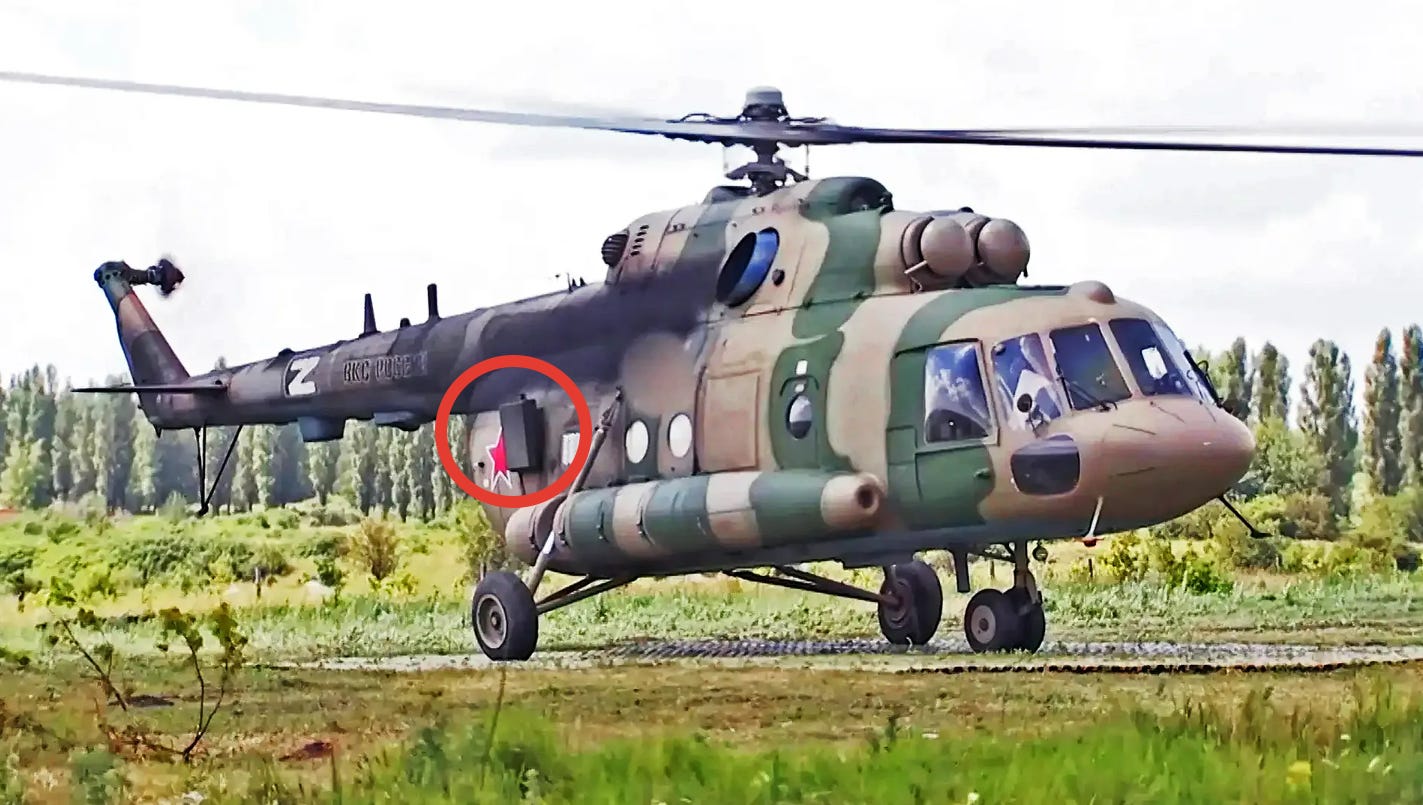

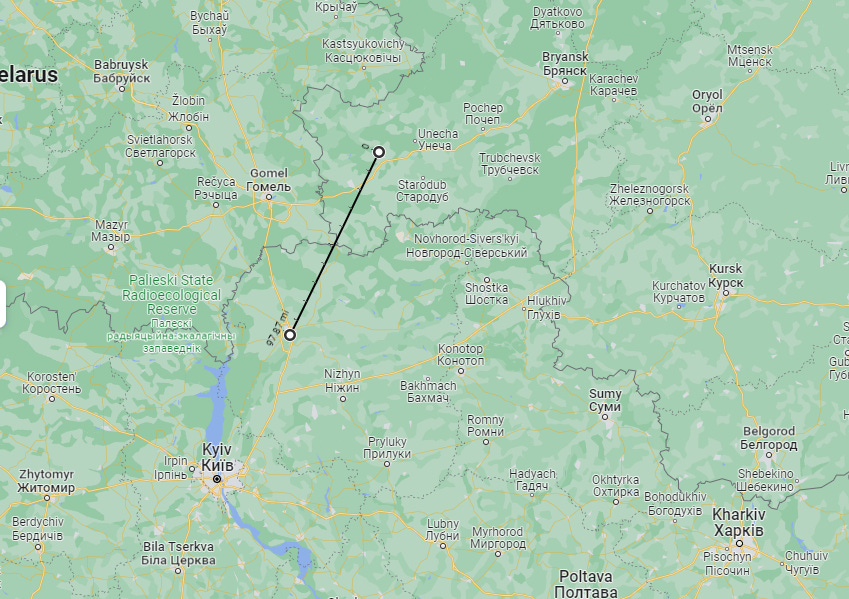
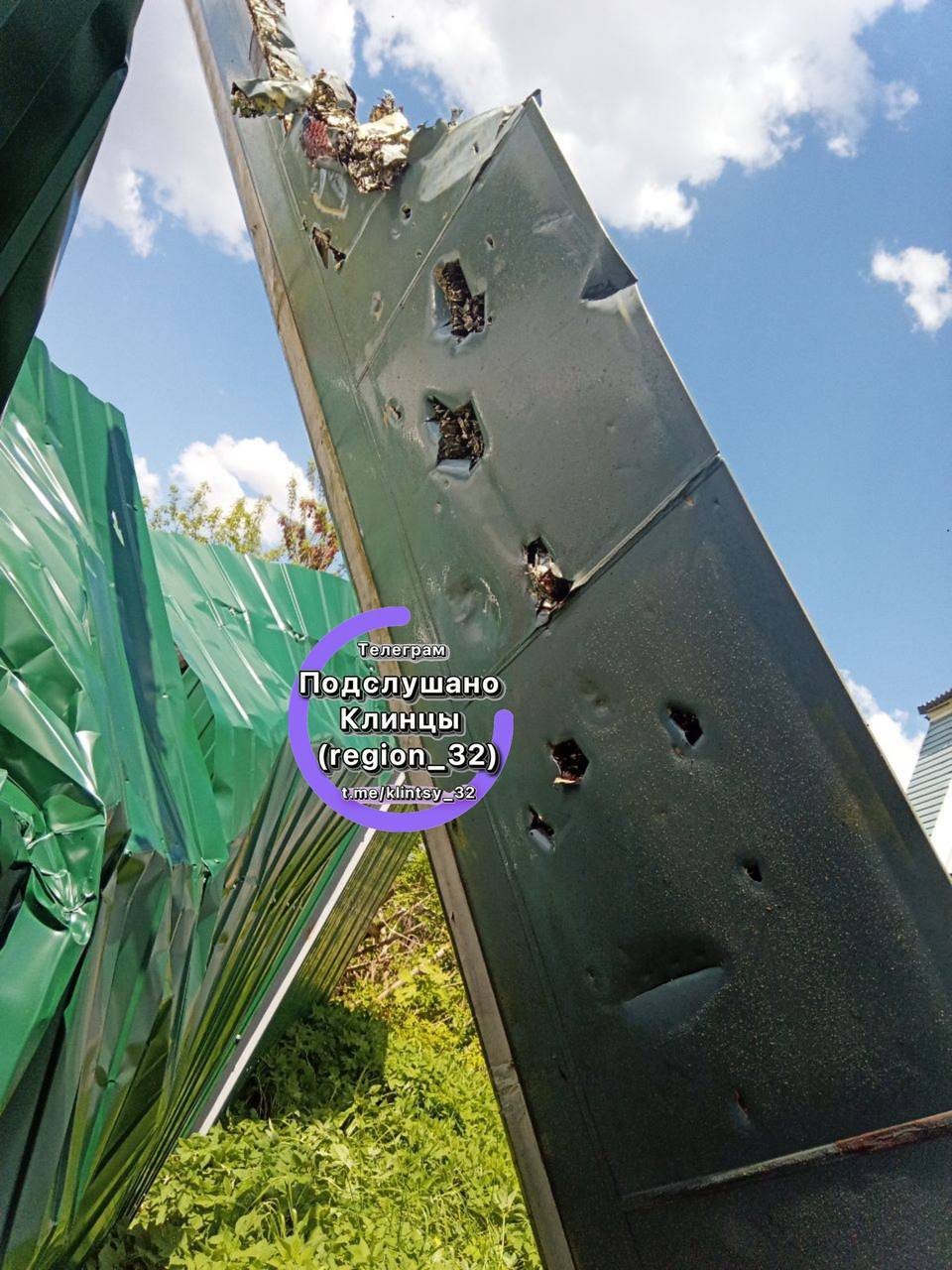


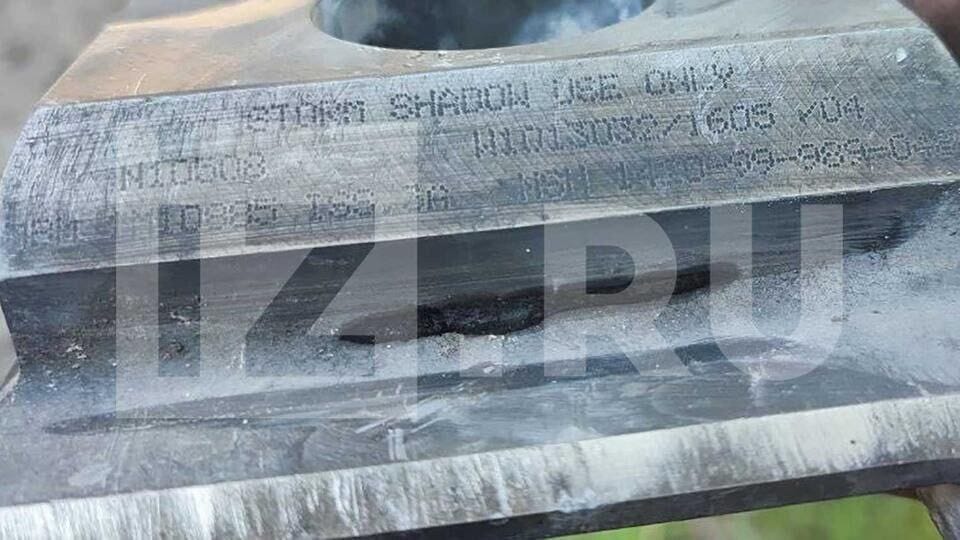
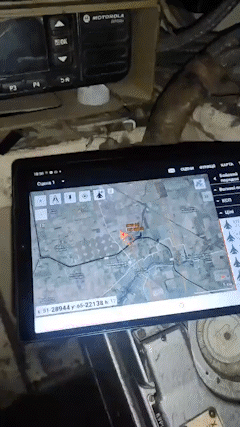
This, along with all the other small wounds the Ukuleles (aka NATO) have inflicted, wouldn’t have happened if Russia took the gloves off last year when they should’ve and flattened Ukraine with massive carpet bombing and missle strikes.
This is a war situation. So, russia has taken losses. Well, Ukraine has taken a lot more. Russia is in control considering it is fighting NATO and not Ukraine. These are pinprick victories. God Bless the RF. They will prevail. But war is war and losses are taken,